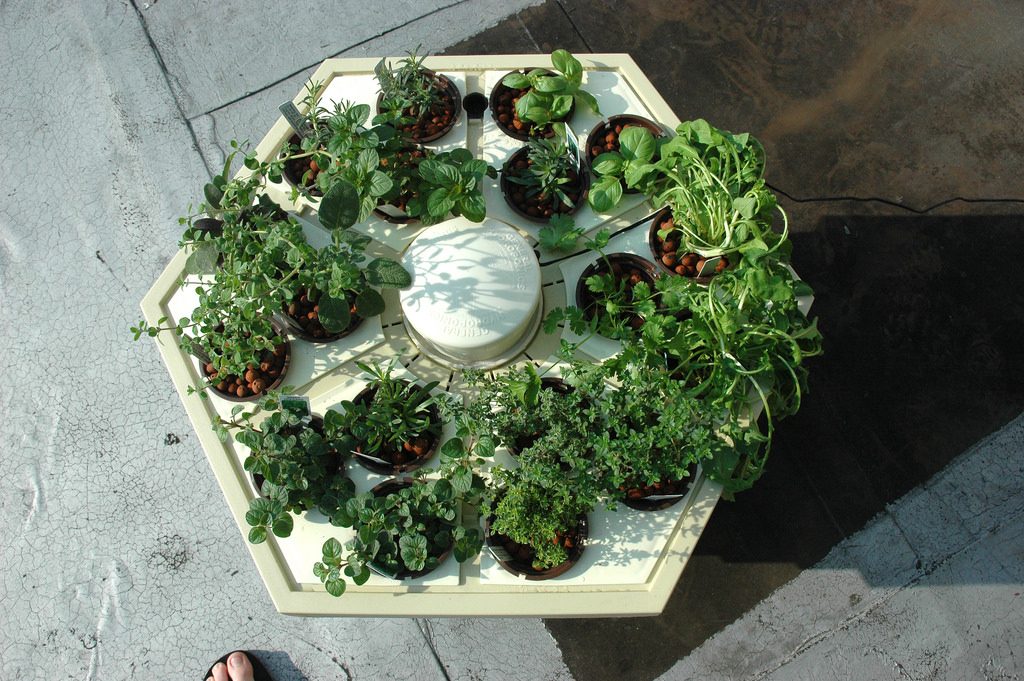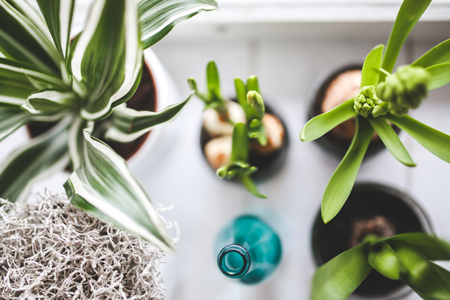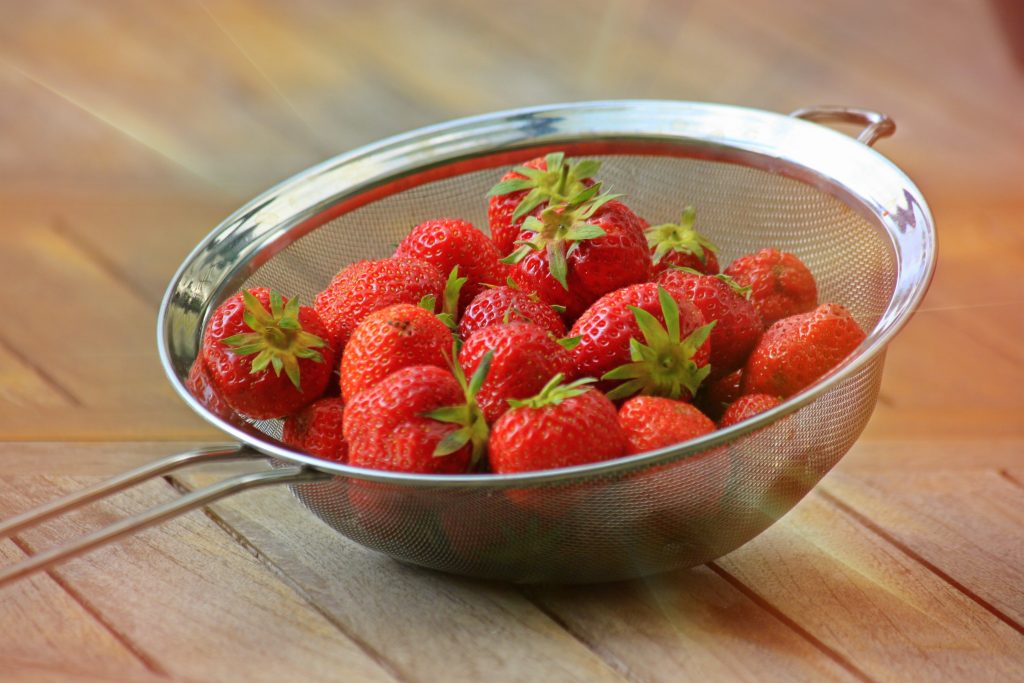Create Your Own Secret Survival Garden Using a Hydroponic System
Posted by jack ma on
Like it or not, the marijuana industry has also produced an increased interest in hydroponic systems for gardening.
Hydroponic gardening is simply the process of growing plants without soil, and hydroponic systems are well-suited for indoor growing.
This is a crafty way to grow something you’d get arrested for if you planted it out in the open. It’s also a useful technique for growing a survival garden in otherwise imperfect conditions.
Create Your Own Secret Survival Garden Using a Hydroponic System
When most people think of a hydroponic system, they envision a complicated (and expensive) setup that could rival a Bond villain’s lair. In truth, it’s likely that you could get started with your own hydroponic garden using items you already have in your home.
The Benefits of a Hydroponic System
As previously mentioned, hydroponic plants are not grown in soil. As we’ve learned from the marijuana industry, you can grow plants in gravel, sand, or even water by itself.
Now to be clear, I am not endorsing the industry (or the activity it enables), but I do believe that there are interesting strategies here that can benefit preppers. After all, these techniques have been used by a group of people who had to grow a lot of product with minimal space and resources.
And don’t worry, the system works for plants and crops that are actually useful in a survival situation. Although to be fair, weed could end up being a valuable bargaining tool when SHTF just like booze and cigarettes…
But for this article, we’re going to focus on using your survival garden to grow food.
Create a Big Garden in a Small Amount of Space

One of the biggest benefits of a hydroponic system is that it allows you to save a ton of space compared to soil gardening.
When grown in soil, a plant’s roots need extra space to spread out and find nutrients. With hydroponics, the plant’s roots are surrounded by a solution that provides all its nutritional needs.
As a result, you can pack your crops much closer together and save lots of space.
Save More Water
Soil gardeners tend to waste most of the water they use on their plants. First of all, you have dump much more water than the plants need just to make sure it penetrates the soil to reach the roots.
A lot of that water seeps further into the ground and eventually evaporates. Wasting water in this fashion may not be such a big deal now, but it most certainly will be when SHTF.
Using the Deep Water Culture method in your hydroponic system lets you avoid this problem and save roughly 90% of the water you’d waste on plants grown in soil.
This means that a hydroponic garden can help you grow food without having to sacrifice all your clean water.
Plants Grow Faster and Bigger
You might think that the downside of growing plants indoors is that they come out stunted compared to something grown the old fashion way.
It’s the opposite that’s true. Studies have proven that hydroponically-grown plants grow 30-50% faster than plants grown in soil and produce more fruit.
The reason this happens is that hydroponic plants have a constant supply of water and nutrients going straight to their roots.
24/7 Food Supply
A hydroponic garden puts you in control of the weather. No, you won’t be slinging thunderbolts like Thor, but you will be able to maintain your food supply in the winter.
You will have to make adjustments to your system to account for shorter days, temperature changes, and humidity, but you’ll still be able to harvest food from your garden.
Local farmers are already taking advantage of hydroponics to produce vegetables year-round. Plus, with an indoor hydroponic garden your choice of crops isn’t limited by your location.
Breathe Easier

Not only can a hydroponic garden give you greater confidence and control over your food supply, but it can also literally help you breathe easier.
The average home has some potential formaldehyde emitters that can result in the toxic chemical being present in the air. Indoor plants help to purify air and eliminate toxins in the environment.
No Pests or Thieves
Without soil, you don’t have to worry about weeds popping up in your garden overnight.
The number of potential pests and diseases that can impact your plants is also drastically reduced by switching to a hydroponic system. If your garden does contract a few pests, getting rid of them is much easier as well.
In an emergency situation, bugs won’t be the only ones trying to nab your produce.
Most gardeners love to show off their plants, but in a SHTF scenario, a thriving outdoor garden could end up being more of a risk than a resource. An indoor garden means you can keep your food storage secret and away from thieves.
Best Crops to Grow in a Hydroponic System

Leafy Greens – Lettuce and other leafy greens like spinach and cabbage grow well in hydroponic gardens. Additionally, cabbage is a cold-tolerant crop that produces a big yield, with some varieties growing over 20lbs in size.
Herbs – Not only does basil grow well in hydroponically, many report that it tastes better when grown using this method. Your best bet with herbs are ones that normally grow in wet conditions, but you’ll still have a lot of options to choose.
Tomatoes – Vining plants like tomatoes can thrive in hydroponic environments provided they have ample support and room to grow.
Strawberries – Smaller fruits like strawberries can grow hydroponically. With strawberries, yields per plant tend to be higher compared to fruit grown in soil.
Combined with meat caught using snares, you can put together a bona fide feast using only sustainable methods.
Note: Want to stock up on seeds for your survival garden? Check out this Bucket of DIY Survival Preparedness Seeds. It comes with 16 varieties of non-hybrid and non-GMO seeds.
I’m not advocating that everyone ditch their backyard garden and switch to a hydroponic system, but being able to grow your food this way is a valuable skill to have.
Thanks to the marijuana industry, the practice is more popular than ever and there are numerous resources to help you get started with your own hydroponic garden with minimal startup costs.
Aquaponic Food System
One alternative to building a hydroponic system is setting up an aquaponic garden.
Aquaponics combines hydroponics and aquaculture to create a sustainable and organic food source.
